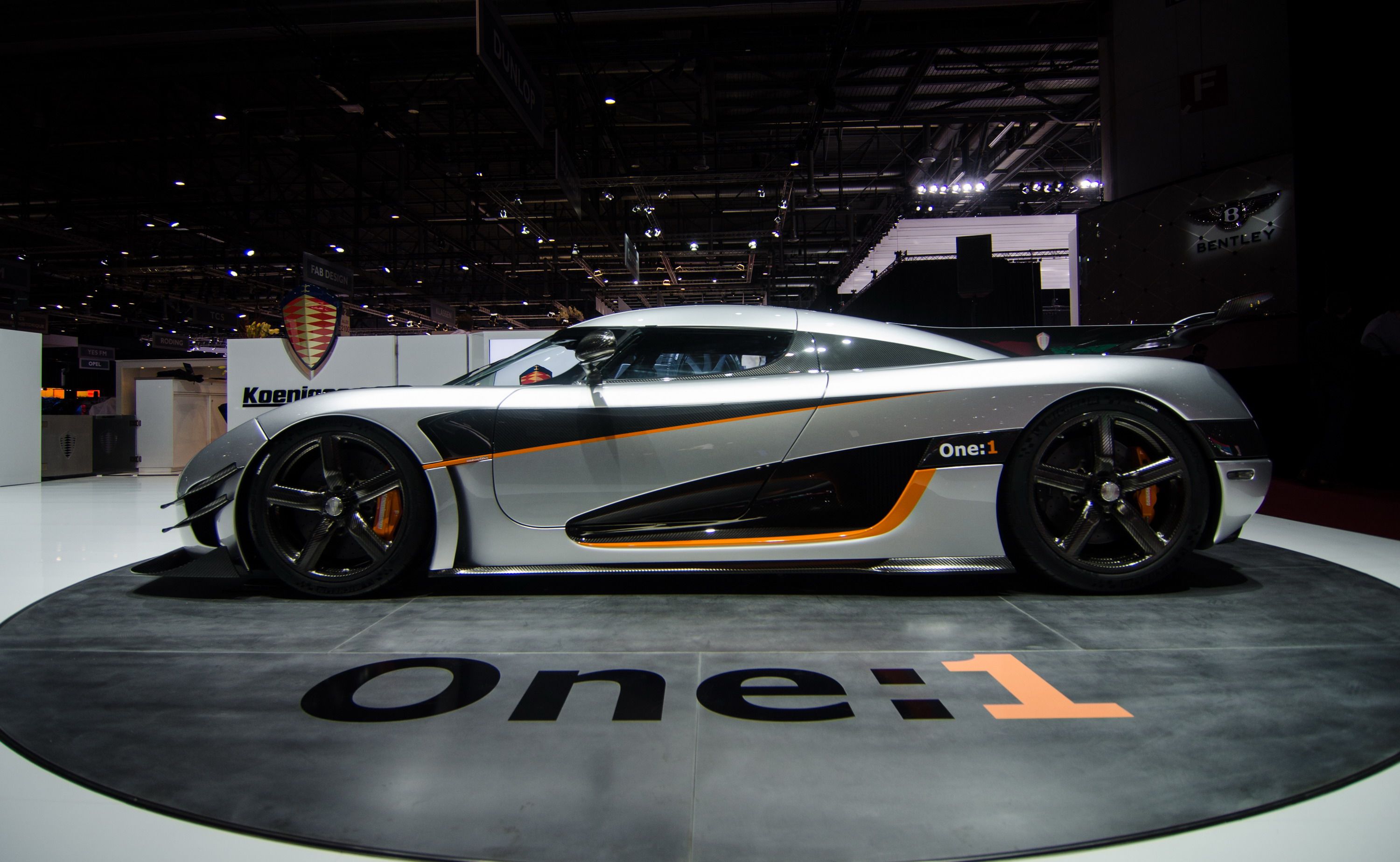Every automaker that builds road-going cars has to comply with the same safety standards in every market their vehicles are sold in. That means that even small companies like Koenigsegg must meet the same standards as mass-production companies like Chevrolet, Ford, Mercedes, and the like. Well, for these massive companies, crashing 10 $30,000 dollar cars isn’t a big deal – it’s relatively cheap in the grand scheme of things, and it doesn’t hurt inventory numbers in any way, shape or form. Most companies even allocate a certain number of vehicles to crash testing. For Koenigsegg, though, the company only builds a handful of cars and the process is nowhere near as simple as it is for Chevy to build a Cruze of Mercedes to build an A-Class – everything is custom, everything is expensive, and crash testing even one model could be a very expensive, even disrupting ordeal to the company. But, the solution is really a simple one – Koenigsegg crash tests the same car over and over again.
Okay, so it’s not exactly that simple, but you get the idea – the company crash tests a specific car, then rebuilds it for another run. In doing this many, many times, the company is able to comply with the same crash-testing rules as companies that produce in mass. All in all, the company need just one carbon fiber monocoque to do all crash testing for a new model. As Christian von Koenigsegg put it, "We destroy the bodywork on the outside, subframes, crash members and so on, but not the most integral and most expensive part of the car.” "This is very unusual," he continued. "If you take a large car manufacturer, it's much cheaper for them to take a car out of the production line, crash it, throw it away, and take another one. In our case, it's completely different. It's cheaper to rebuild and repair, smashing the same car."
Apex:One actually got access to some footage from within the bowels of Koenigsegg that shows off the various crash tests the company performed to the Regera. If you’re not completely stunned just by seeing a car of this caliber destroyed – it really is almost tear-inducing – the maybe you’ll be stunned by the realization of just how strong the car’s carbon-fiber body work is. I dare you to go out and pound on your Ford Explorer’s door or hood with a hammer and see how that works out for you. Anyway, go ahead and check out the video below and let us know what you think. It’s pretty amazing, to say the least.
2017 Koenigsegg Regera Drivetrain & Performance Specifications
|
Combustion engine power |
1,100 HP on 91 octane DIN or 95 octane RON (a bit more on E85) |
|
Combustion engine torque |
921 LB-FT |
|
Electric propulsion |
700 HP |
|
Electric torque |
663 LB-FT |
|
Battery pack |
9 kWh 620 Volt, flooded liquid cooled |
|
Combined Output |
Over 1,500 HP |
|
Combined Torque |
Over 1,475 LB-FT |
Further Reading
Read our in-depth review of the 2017 Koenigsegg Regera}
Check out our full review of the 2010 Koenigsegg Agera}
Check out our full review of the 2015 Koenigsegg One:1}
Read up on Koengisegg's first mass-produced supercar, the 2007 Koenigsegg CCX}

